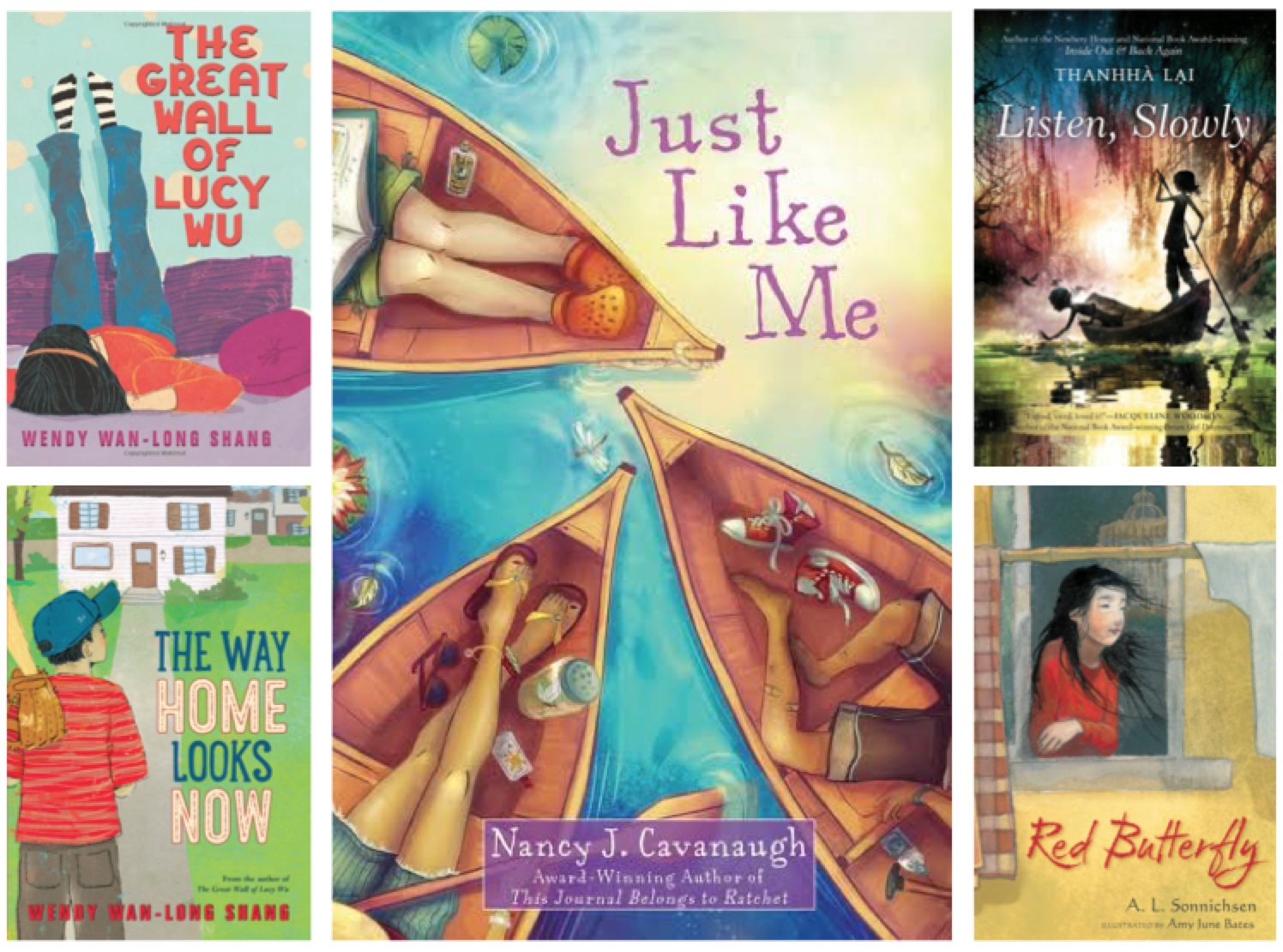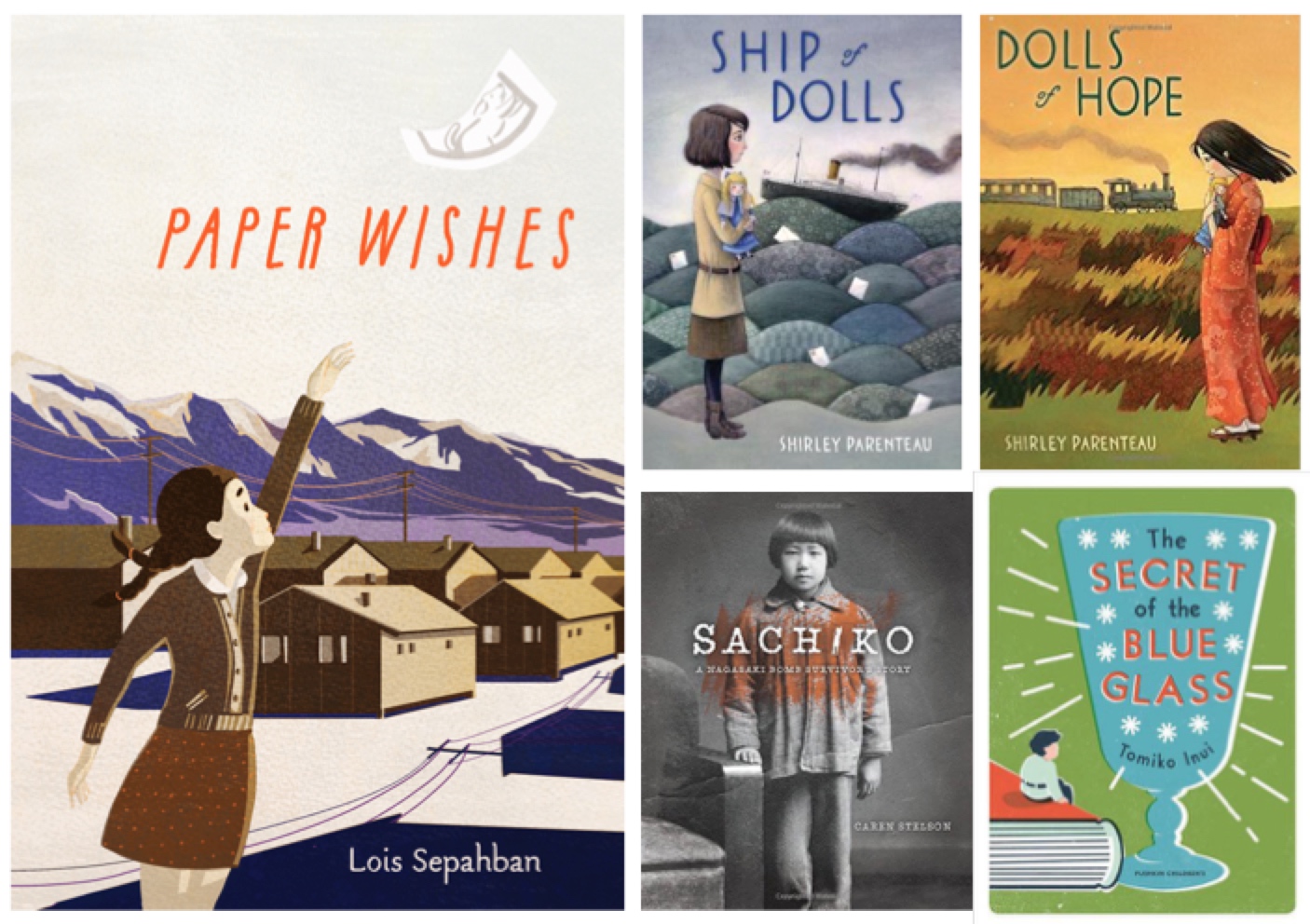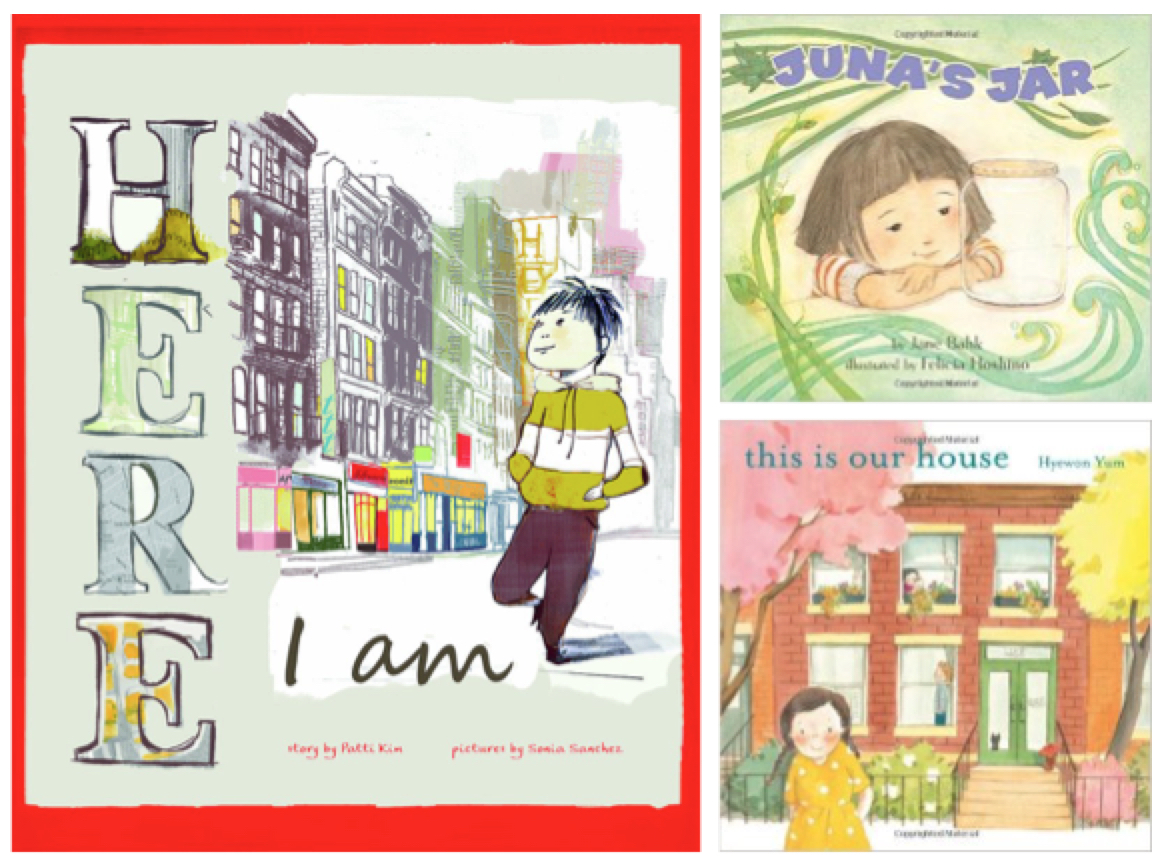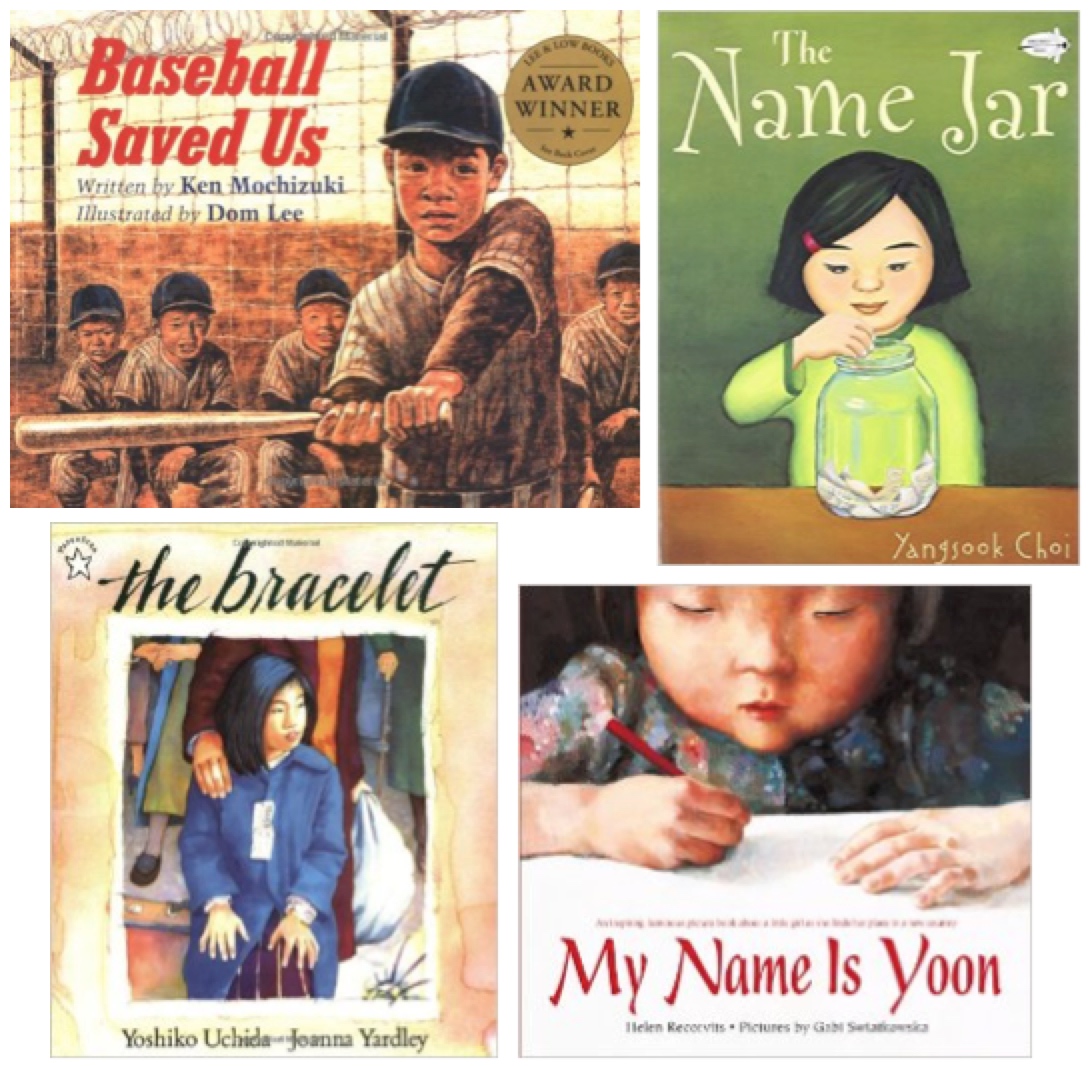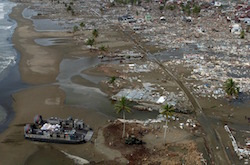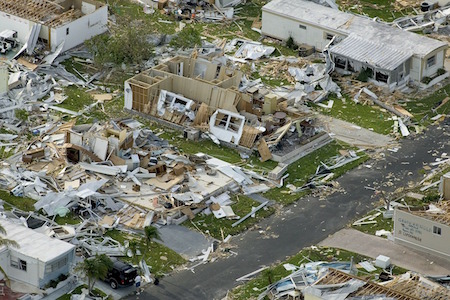By Yoo Kyung Sung, University of New Mexico,
and Junko Sakoi, Tucson Unified School District
Throughout this past month we have looked at trends in transnational Asian children’s books. Further, we have discussed new transnational authors that expand cross-cultural peer relations in books and give voice to stories beyond traditional folklore. To wrap up the month of October, we present contemporary Korean and Japanese authors with books released in the U.S. These lists include authors that we have mentioned this month and some that we have not. Each name links to the author’s website, where you can find their books, the authors’ cultural backgrounds and other connections.

Katrina Goldsaito, left, is a new Japanese-American author who lived and wrote in Japan. Linda Sue Park, right, is the first Korean-American author to win the Newbery Award.


